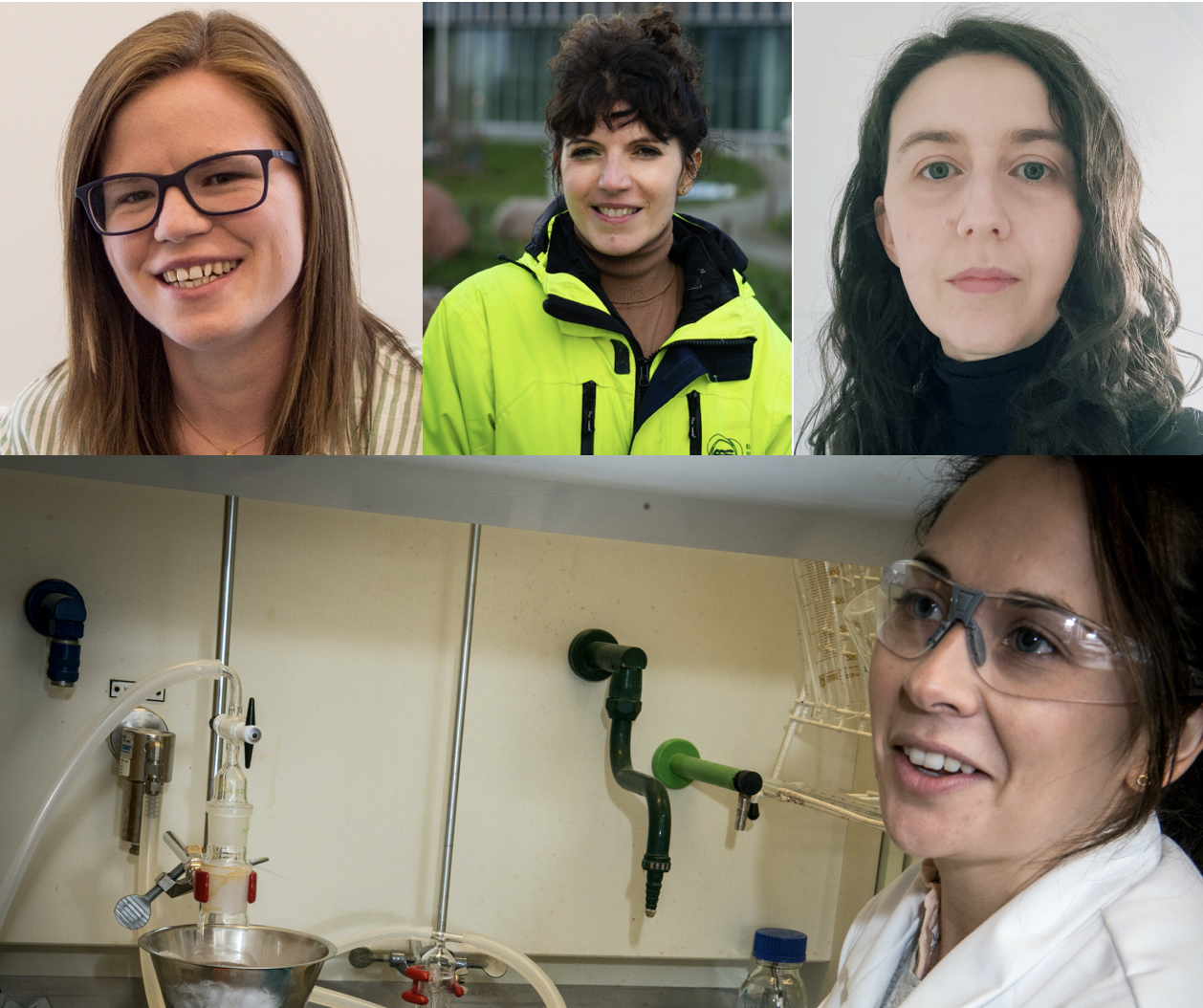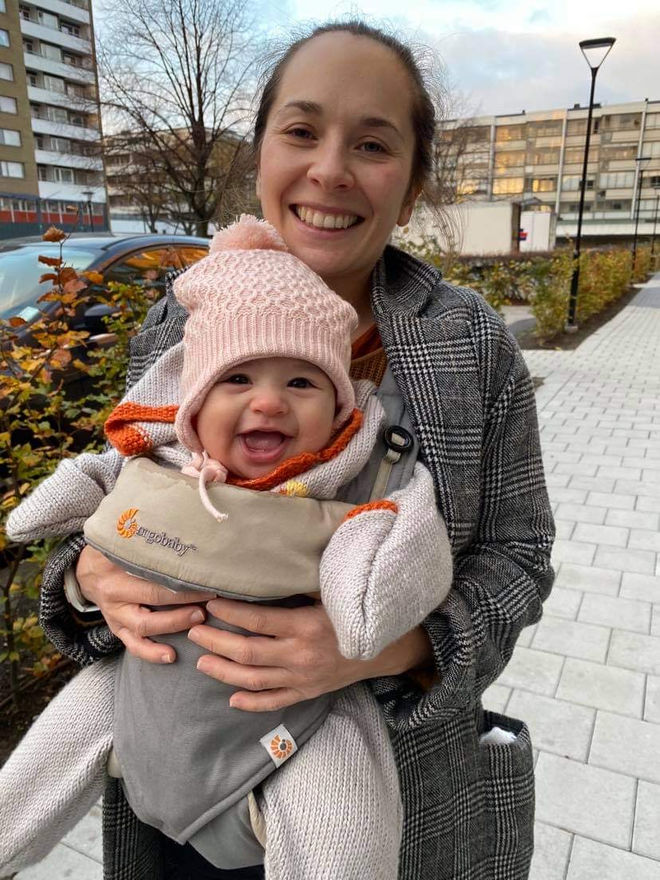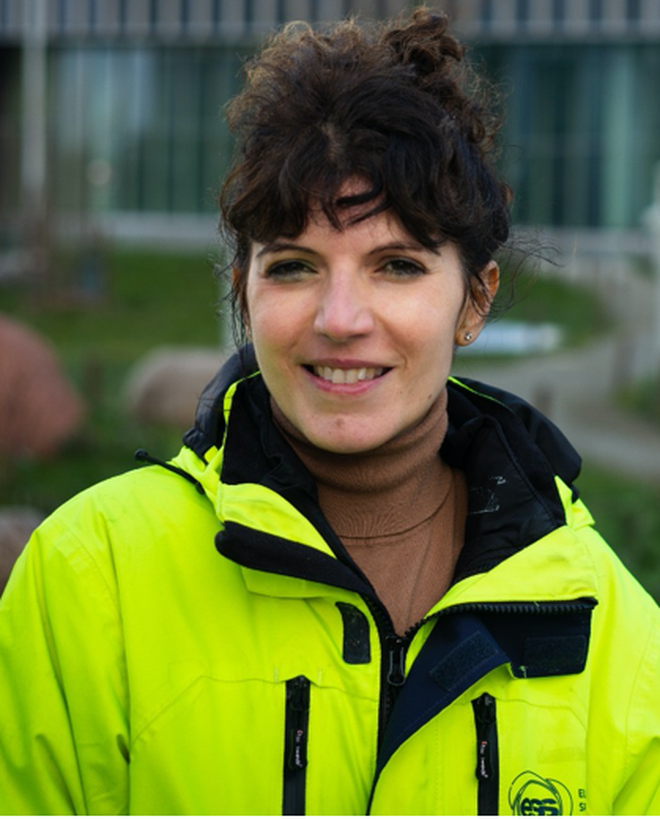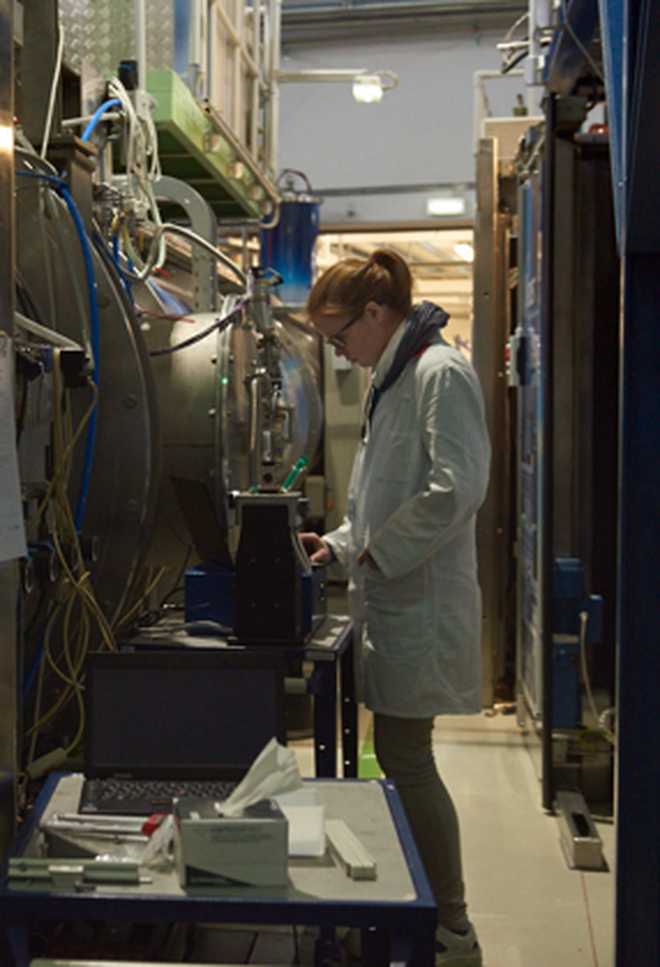
11 February marks the International Day of Women and Girls in Science, which not only acknowledges the crucial role women play in science and technology, but also aims to promote full and equal access to participation in science and encourage women and girls in and into the field.
Gender equality and diversity are key to a brighter global future, and these factors in the world of science are, at present, an even more challenging global goal to achieve.
At ESS, we are, of course, very proud of all our personnel, but today choose to highlight four of our fantastic female scientists in recognition of this day, and in the hopes of encouraging and attracting young women and girls to the field of science and scientific research – and to hopefully playing a part in a better future for us all.
Anna Leung
Anna first became interested in chemistry at school as it provided explanations for all sorts of phenomena. When studying her PhD at Monash university in Melbourne, Australia, she was attracted to synthetic chemistry: she found the power of using reactions and reagents to transform molecules fascinating. Following her PhD, she worked at the National Deuteration Facility (ANSTO), Australia, where she started her specialisation in the synthesis of deuterium-labelled molecules.
She then joined ESS in 2016, and is a synthetic chemist working for the Deuteration and Macromolecular Crystallisation (DEMAX) platform at ESS, where she applies conventional methods, and establishes new methods, to synthesise deuterated molecules that neutron users need, which can greatly increase the complexity and impact of neutron experiments Since 2019, when DEMAX began operating pilot user proposal calls, the chemical deuteration lab has produced deuterated lipids, surfactants, deep eutectic solvents, monomers, and other small molecules, for structural and functional investigations in a range of fields including biology, materials science, physical chemistry, and formulation science.
“I love the applied and varied nature of my work at ESS, and learning about the ways collaborators use the molecules I make in their research. I also appreciate the opportunity to travel, to communicate my research and to collaborate with scientists across the world. I see the same curiosity that I have always had in my daughter, and I hope I can inspire her to be as excited by science as I am in the future.”
Anna has recently contributed to a paper on Evolving Escherichia coli Host Strains for Efficient Deuterium Labeling of Recombinant Proteins Using Sodium Pyruvate-d3, one of a number of published papers highlighted by ESS on a dedicated page on our website.
Daria Noferini
Daria studied in Florence, where she grew up, and later studied her PhD at the Institut Laue-Langevin with Chalmers University of Technology, moving between Grenoble, France, and Gothenburg, Sweden. As part of her postdoc, she was instrument scientist at the backscattering spectrometer SPHERES, operated by Forschungszentrum Jülich at the Heinz-Maier Leibniz Zentrum in Garching, Germany.
Daria joined ESS in 2020 as an instrument scientist, and currently her focus is on the realisation of CSPEC, the cold chopper spectrometer at ESS, which will help tackle the many challenges of our and future times, from climate changes to diseases, from food provision to space exploration, as well as to improve the quality of life for everyone. Her research relates to the experimental study of dynamics in materials, especially with applications to sustainable energy and cultural heritage conservation. She believes research with less evident applications is also important, as it may lead to non-obvious but crucial solutions to current and future problems.
“To some extent, I use neutrons to both help preserve the memory of the past and contribute to a sustainable future. Also, I find it fascinating to uncover patterns in disordered materials, e.g. investigating the properties of liquids in confinement. Curiosity is my driving force. It is truly exciting to contribute to the CSPEC design and construction, and I look forward to collaborating with all the users who will exploit it once completed.”
Valentina Santoro
Valentina was always fascinated by science and by the world around her. She obtained a Ph.D in Particle Physics at the University of Ferrara, Italy, in 2009, after which she obtained the Research Associate position at SLAC National Laboratory in California, USA, as convener of the quarkonium working group of BaBar. In 2011, she moved back to Italy as a research associate for the INFN studying the neutron background for the SuperB project.
She joined ESS in 2015 as a scientist, working in neutronics simulations for the ESS instruments. From 2015 she has been leading the science focus team (SFT) for fundamental physics at ESS. She now works in the target division at ESS coordinating the neutronics interface to the instrument teams. She is the Project Coordinator of the HighNESS (High Intensity Neutron Source at the European Spallation Source) Project. Her background is fundamental physics, which is the understanding of the particles that compose matter. This field allows scientists to design key components of the ESS facility, like the neutron source and the shielding around the instruments.
“I was always fascinated by science because I was, and still am, fascinated by the world around us. I still see it as a mystery with so much unknown that only waits for us to understand it. Advice that I would give to young women interested in science is to pursue this career path. It is very suited for women since you need passion, creativity, commitment, and the ability to work in a team and interact with people.”
Valentina has recently contributed to a paper on Measurements of the neutron absorption in supermirror coatings, one of a number of published papers highlighted by ESS on a dedicated page on our website.
Judith Houston
Judith took her PhD at Trinity College Dublin, Ireland, which is where she became fascinated by neutron and X-ray facilities, and was enchanted by the juxtaposition of developing large-scale instrumentation to tackle nanoscale problems. After completing her degree, she began working as an instrument scientist/post-doctorate on the KWS-2 beamline, operated by the Jülich Centre for Neutron Science in Germany.
Judith joined ESS in 2018 as a second scientist, and is now the lead instrument scientist for LoKI - one of the future small-angle neutron scattering instruments at ESS. Her research is focused on probing the nanostructure of soft materials, including colloids, food and biological materials. The overarching aim of her work is to shed light on the relationship between a material’s structure at the nanoscale, and its properties at the macroscale. Understanding this connection is key to tackling both global challenges, such as the architecture of a virus capsid or the organisation of polymer chains in organic solar cells, and to developing materials which we interact with every day, such as the structure of a colloidal suspension in a paint.
“As a curious person, I constantly endeavour to understand what makes the world work. For that reason, a career in scientific research with the key ingredients of creativity, problem solving, and a diverse working environment felt like a natural choice for me. Women have, do and will continue to play a significant role in the scientific world, and I cannot wait to see what the future holds.”




























